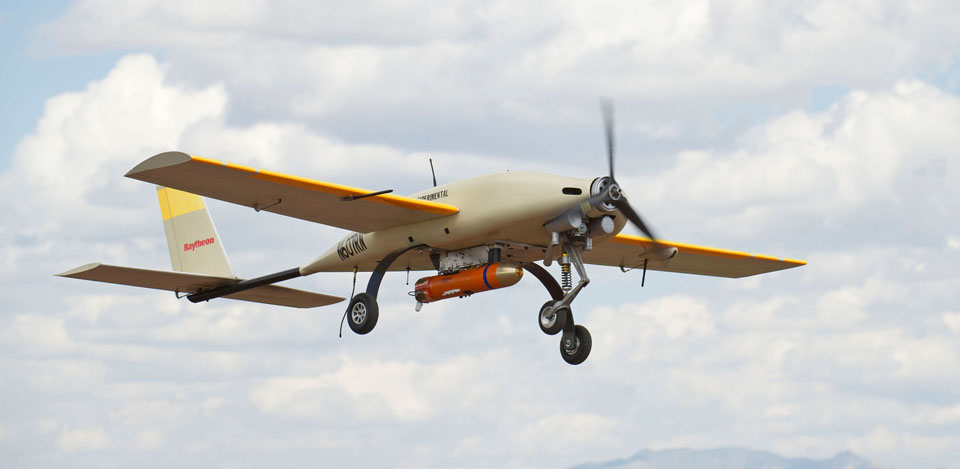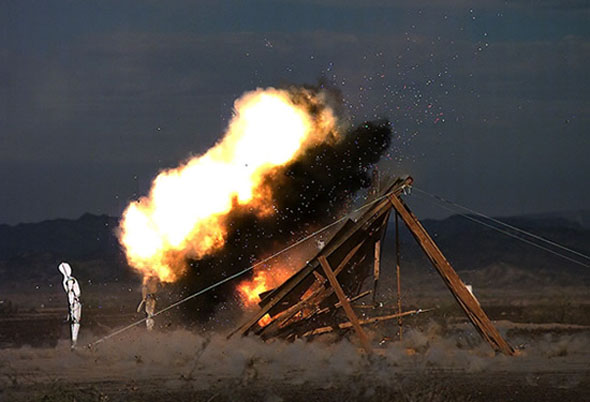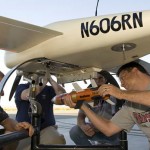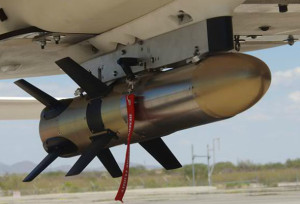

Raytheon completed a successful warhead and guidance system test of its Pyros Small Tactical Munition (formerly known as STM). This end-to-end test validated the weapon’s guidance modes – digital semi-active laser and global positioning system (GPS), its height-of-burst sensor, electronic safe and arm device, and multi-effects warhead. During the test, Pyros was dropped from a Raytheon Cobra unmanned aircraft in parameters closely approximating those typically seen in current contingency operations. The target simulated insurgents planting an improvised explosive device. While directly over the target, the warhead detonated at a predetermined height following inputs from the weapon’s height-of-burst sensor. Raytheon developed the Pyros as a weapon for Shadow-class UAS and counterinsurgency aircraft such as the AT-6 and A-29.

“This test demonstrated the technical maturity of Pyros, which is designed from the ground up with small, tactical unmanned aircraft systems in mind. Our next step is to complete ongoing integration work on fielded platforms and prepare for production.” said Tom Bussing, vice president of Advanced Missile Systems for Raytheon Missile Systems.

At a weighs 13.5 pounds (6.12 kg) and length of 22 inches (56 cm), Pyros fits most small and medium unmanned aerial systems fitted to carry such payload individually, or two Pyros stored in tandem in a common launch tube. Pyros can also be dropped from small scout helicopters or light attack aircraft. This gravity dropped guided weapon is the smallest air-launched weapon in the Raytheon portfolio. While the weapon is unpowered, it retains high degree of maneuverability using large foldable fins for stabilization and steering.
The warhead makes about half the weapon’s weight (7 pounds) and is optimized for high lethality and low-collateral damage. To contain the lethal effect in a narrow envelope the operator can select one of three guidance modes – Hit a target at a given GPS coordinates, guided by inertial navigation and GPS, or home in on a laser designation. To maximize kinetic effects and lethality, there are also three options for engaging the target: height-of-burst, point-of-impact or fuse-delay detonation.

















